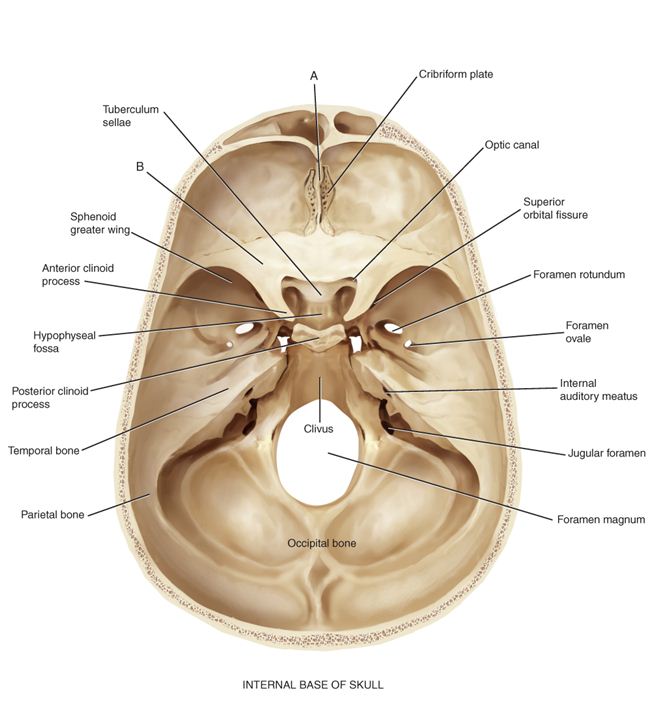Explain whether the blockage of a single lactiferous sinus would or would not interfere with the delivery of milk to the nipple
A) Blockage of a single lactiferous sinus would interfere with the delivery of milk because each gland has only one lactiferous sinus.
B) Blockage of a single lactiferous sinus would interfere with the delivery of milk because although each gland has several lactiferous sinuses, only one can be active at a time.
C) Blockage of a single lactiferous sinus would not interfere with the delivery of milk because milk doesn't travel through the lactiferous sinuses to exit the nipple.
D) Blockage of a single lactiferous sinus would not interfere with the delivery of milk because each gland has several lactiferous sinuses.
E) Blockage of a single lactiferous sinus would interfere with the delivery of milk because the lactiferous sinus is where the milk is produced.
Answer: D
You might also like to view...
Identify the following

How many pairs of spinal nerves emerge from the spinal cord?
A) 12 B) 18 C) 25 D) 31
Which best describes lateral inhibition in the somatic sensory system?
A. The frequency of action potentials along pathways from the site of a stimulus is increased by lateral inhibition. B. The precision of locating a stimulus is increased by inhibiting signaling along nearby, parallel pathways. C. The precision of locating a stimulus is enhanced by increasing the frequency of action potentials in nearby, parallel pathways. D. Stimuli of one particular modality in a region of the body block transmission of action potentials coding for other modalities generated in the same region of the body. E. Lateral inhibition reduces the contrast between the frequency of action potentials generated at the center of a stimulus and the frequency of action potentials in surrounding pathways.
Those hormones that are nonpolar can pass through the plasma membrane and are called
A. hydrophilic. B. hydrophobic. C. lipophilic. D. Both hydrophobic and lipophilic are correct.